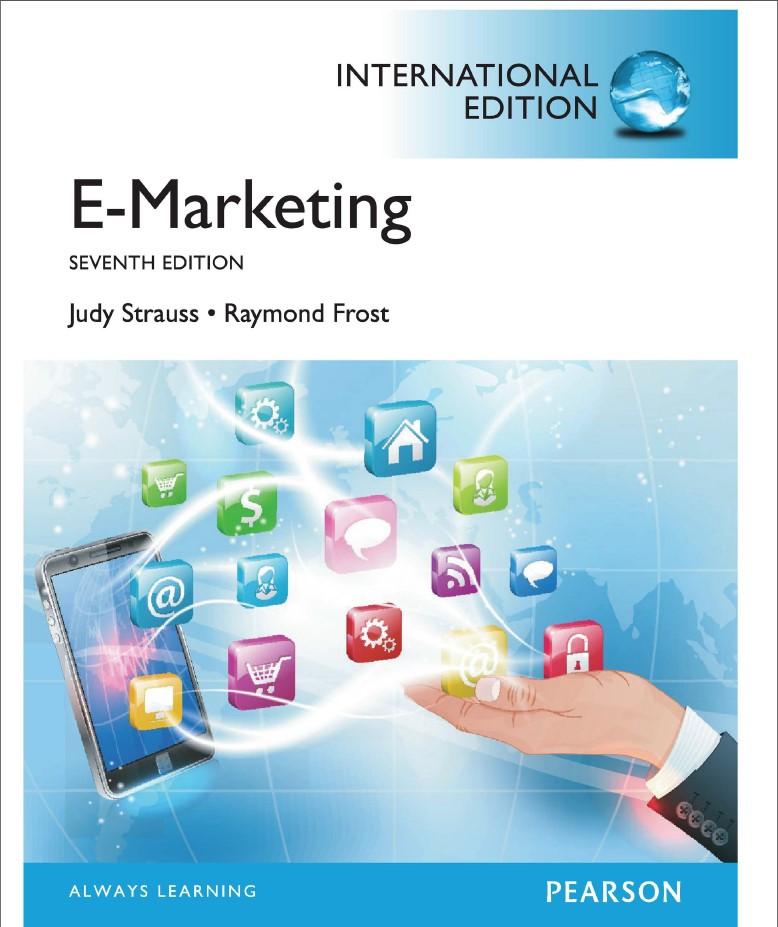Question
QUESTIONS 1) If a country has a trade surplus of $40 billion, which of the following can be true? A) The country's exports are $160


QUESTIONS
1) If a country has a trade surplus of $40 billion, which of the following can be true?
A) The country's exports are $160 billion, and its imports are $120 billion.
B) The country's exports are $110 billion, and its imports are $150 billion.
C) The country's exports are $120 billion, and its imports are $140 billion.
D) The country's exports are $140 billion, and its imports are $40 billion.
2) Country A would have an absolute advantage compared to Country B in the production of corn if
A) corn can be produced at lower cost in terms of other goods than it could be in Country B.
B) Country A uses fewer resources to produce corn than Country B does.
C) the demand for corn is higher in Country A than in Country B.
D) corn sells for a higher price in Country A than in Country B.
3) China has a comparative advantage in textiles and an absolute advantage in both textiles and radios. Japan has a comparative advantage in radios. According to this scenario
A) Japan should import both radios and textiles.
B) China should export both radios and textiles.
C) China should export textiles and import radios.
D) Japan should export textiles and import radios.
4) The United States imports televisions from Japan and Japan imports computer chips from the United States. If the theory of comparative advantage guides trade between the two countries, it must be true that
A) the opportunity cost of producing televisions in Japan is higher than that in the United States.
B) the opportunity cost of producing computer chips in the United States is higher than that in Japan.
C) the United States has comparative advantage in producing computer chips.
D) the United States has comparative advantage in producing televisions.
5) Suppose that Argentina and Chile are both engaged in the production of copper and wheat, and that Argentina has an absolute advantage in the production of both goods. If Chile has a comparative advantage in the production of copper, then Chile
A) has a lower opportunity cost for copper, which means that it should specialize in production of copper and engage in trade.
B) has a lower opportunity cost for producing copper, but specialization is not feasible because Argentina has a lower monetary cost of copper production.
C) has a higher opportunity cost for copper, which means it should specialize in the production of wheat and engage in trade.
D) should continue to produce copper, but only for domestic consumption, because trade is not a viable option.


Step by Step Solution
There are 3 Steps involved in it
Step: 1

Get Instant Access to Expert-Tailored Solutions
See step-by-step solutions with expert insights and AI powered tools for academic success
Step: 2

Step: 3

Ace Your Homework with AI
Get the answers you need in no time with our AI-driven, step-by-step assistance
Get Started


